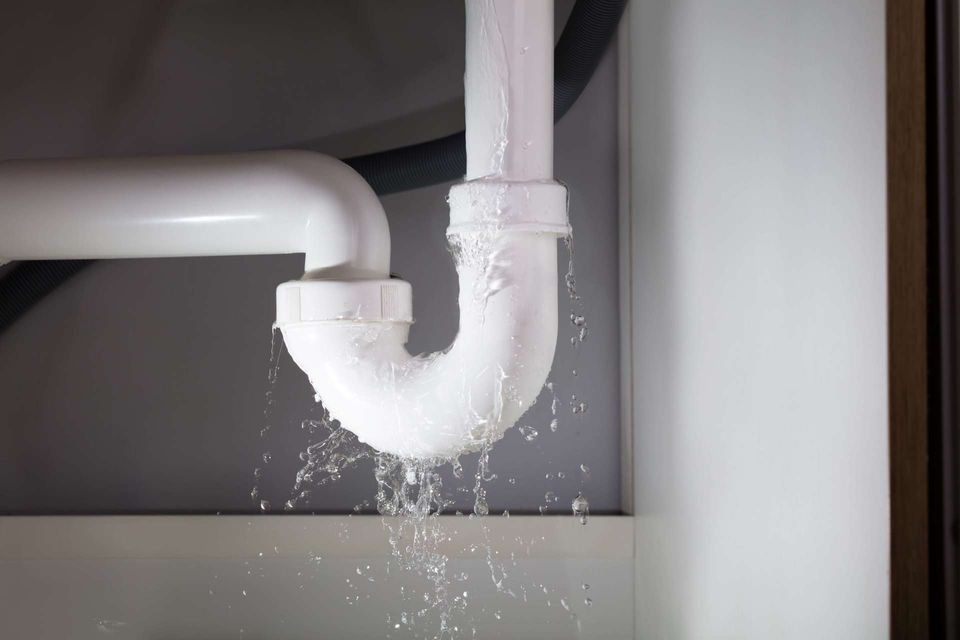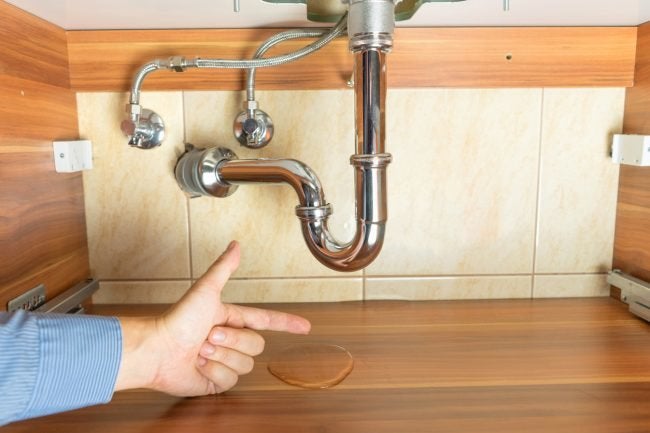How to Examine If Your Home Has a Surprise Leak
How to Examine If Your Home Has a Surprise Leak
Blog Article
The writer is making a few good observations related to Top leak detection hacks as a whole in this great article following next.

Early discovery of dripping water lines can minimize a potential disaster. Besides saving you cash, it will lessen the stress and aggravation. The moment you locate a leak, calling your plumber for repair services is the most effective service. Some small water leakages may not be noticeable. If you can not identify it with your naked eyes, below are some hacks that assist.
1. Check Out the Water Meter
Every residence has a water meter. Examining it is a proven manner in which assists you find leakages. For beginners, turn off all the water sources. Ensure no one will certainly flush, utilize the tap, shower, run the cleaning equipment or dishwasher. From there, go to the meter and watch if it will alter. Given that no person is utilizing it, there should be no motions. If it relocates, that indicates a fast-moving leakage. Likewise, if you discover no changes, wait an hour or two and examine back once more. This suggests you might have a slow-moving leakage that might even be below ground.
2. Inspect Water Intake
If you find abrupt modifications, regardless of your intake being the exact same, it indicates that you have leaks in your plumbing system. An unexpected spike in your costs indicates a fast-moving leak.
On the other hand, a constant increase every month, despite the same behaviors, reveals you have a slow-moving leak that's also gradually rising. Call a plumber to thoroughly examine your residential or commercial property, particularly if you really feel a warm location on your flooring with piping below.
3. Do a Food Coloring Examination
When it comes to water intake, 30% comes from commodes. If the shade somehow infiltrates your bowl during that time without flushing, there's a leak in between the container and also bowl.
4. Asses Outside Lines
Don't fail to remember to check your outside water lines as well. Must water seep out of the link, you have a loosened rubber gasket. One tiny leakage can waste heaps of water as well as increase your water expense.
5. Evaluate and Examine the Circumstance
Homeowners must make it a habit to inspect under the sink counters and also inside cabinets for any type of bad odor or mold growth. These two red flags show a leakage so punctual interest is required. Doing regular evaluations, even bi-annually, can save you from a significant issue.
Examine for discolorations as well as compromising as most appliances and also pipes have a life span. If you presume leaking water lines in your plumbing system, don't wait for it to escalate.
Early detection of dripping water lines can minimize a possible catastrophe. Some small water leaks may not be visible. Examining it is a proven method that helps you uncover leaks. One small leakage can waste tons of water as well as increase your water costs.
If you suspect dripping water lines in your plumbing system, don't wait for it to escalate.
WARNING SIGNS OF WATER LEAKAGE BEHIND THE WALL
PERSISTENT MUSTY ODORS
As water slowly drips from a leaky pipe inside the wall, flooring and sheetrock stay damp and develop an odor similar to wet cardboard. It generates a musty smell that can help you find hidden leaks.
MOLD IN UNUSUAL AREAS
Mold usually grows in wet areas like kitchens, baths and laundry rooms. If you spot the stuff on walls or baseboards in other rooms of the house, it’s a good indicator of undetected water leaks.
STAINS THAT GROW
When mold thrives around a leaky pipe, it sometimes takes hold on the inside surface of the affected wall. A growing stain on otherwise clean sheetrock is often your sign of a hidden plumbing problem.
PEELING OR BUBBLING WALLPAPER / PAINT
This clue is easy to miss in rooms that don’t get much use. When you see wallpaper separating along seams or paint bubbling or flaking off the wall, blame sheetrock that stays wet because of an undetected leak.
BUCKLED CEILINGS AND STAINED FLOORS
If ceilings or floors in bathrooms, kitchens or laundry areas develop structural problems, don’t rule out constant damp inside the walls. Wet sheetrock can affect adjacent framing, flooring and ceilings.
https://www.servicemasterbyzaba.com/blog/how-to-detect-water-leakage-in-walls/

We are very focused on Detecting hidden plumbing leaks and I hope you liked my article. Are you aware of someone else who is fascinated by the niche? Feel free to share it. I am grateful for your time. Visit us again soon.
Report this page